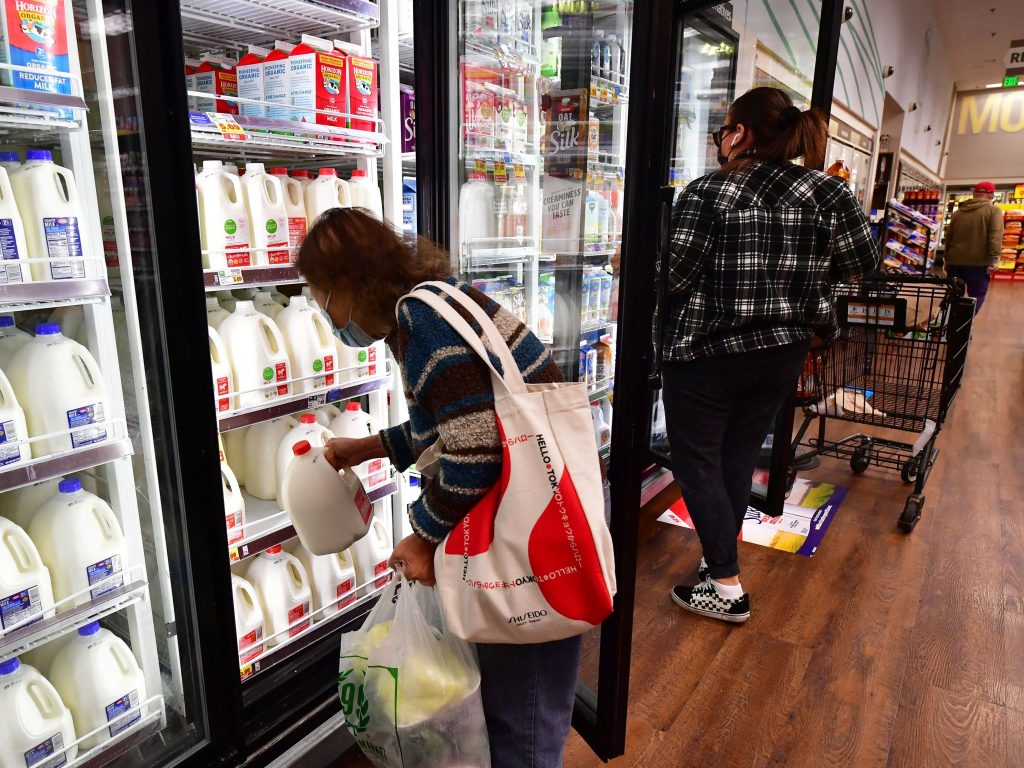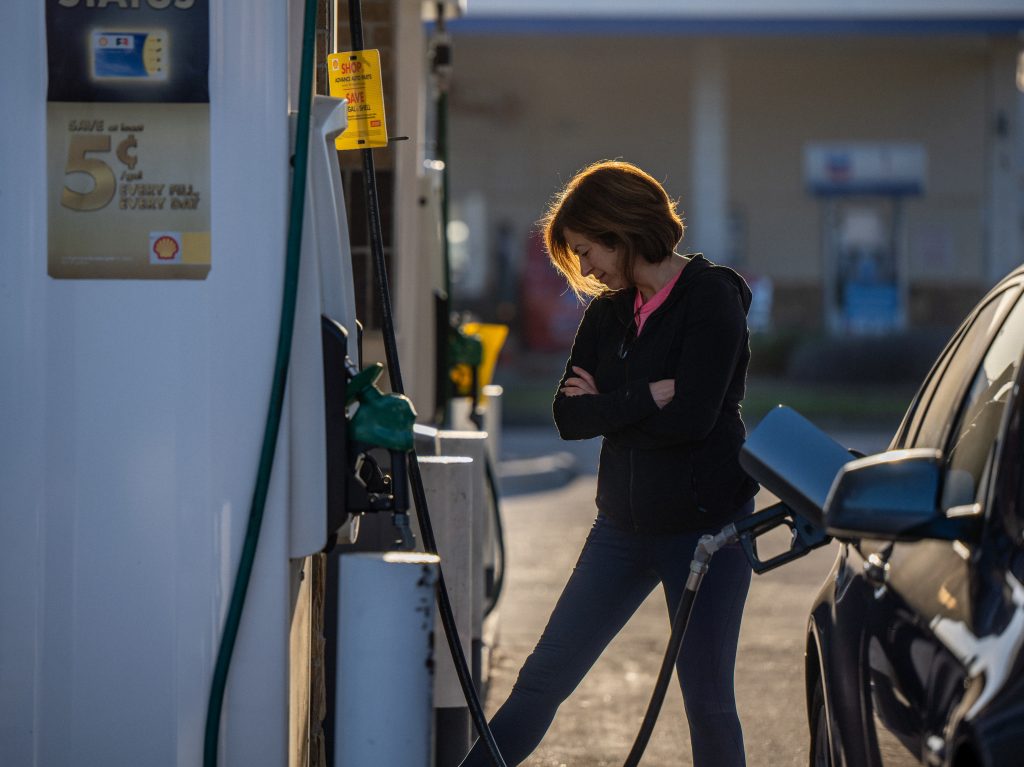News
The Fed raises interest rates by the most in over 20 years to fight inflation
By: Scott Horsley | NPR
Posted on:
WASHINGTON, D.C. (NPR) — The Federal Reserve ordered the largest interest hike in more than two decades Wednesday as part of its escalating campaign to battle stubbornly high inflation.
The central bank raised its benchmark rate by half-a-percentage point, following a quarter-point increase in March. The moves mark a sharp U-turn from the easy-money policies the Fed had pursued through most of the pandemic.
The Fed also telegraphed that it expects additional rate increases in the months to come, continuing a campaign that has high stakes for the U.S. economy.
“The committee is highly attentive to inflation risks,” the Fed’s rate-setting committee said in a statement. ” Inflation remains elevated, reflecting supply and demand imbalances related to the pandemic, higher energy prices, and broader price pressures.”
The committee added that the war in Ukraine is putting further upward pressure on prices.
Consumer prices in March were 6.6% higher than a year ago, according to the Fed’s preferred inflation yardstick. That’s the sharpest increase since 1982. Excluding volatile food and energy costs, prices were up 5.2%.
Inflation has been driven by strong consumer demand for both goods and services, which is outpacing the ability of businesses to deliver.

[Frederic J. Brown | AFP via Getty Images]
Fears of recession intensify
The Fed hopes to cool off demand by making it more expensive to borrow money. But interest rates are still low by historical standards, so the central bank will likely have to move aggressively to catch up, with another half-point increase expected at the next Fed meeting in June.
Fed policymakers said in March they expect rates to climb to nearly 2% on average by the end of this year, and close to 3% by the end of 2023.
Rising interest rates increase the cost of all kinds of credit, from auto loans to home mortgages.
The Fed hopes to engineer a so-called “soft landing” — lowering inflation without stalling economic growth. But Fed chairman Jerome Powell acknowledged last month that will not be “straightforward or easy.”
Some analysts worry that in its push to regain control over prices, the Fed risks causing a recession. Those fears contributed to last week’s sharp selloff in the stock market.

Inflation has been more stubborn than expected
For much of last year, the central bank blamed inflation on temporary supply-chain problems tied to the pandemic, which were expected to ease on their own. Shortages of new cars and other products have persisted, though, and price increases have spread to more parts of the economy, including essentials such as rent and electricity.
Russia’s invasion of Ukraine this spring triggered an additional spike in oil and food prices. And ongoing COVID lockdowns in China are “likely to exacerbate supply chain disruptions,” Fed policymakers said.
The Fed is also concerned that an exceptionally tight job market in the U.S. is pushing wages higher, which could fuel additional inflation. On Tuesday, the Labor Department reported a record number of job openings in March. Workers are also quitting jobs at a record rate, often in search of higher wages elsewhere.
Unemployment, which approached 15% in the early months of the pandemic, has fallen to just 3.6%.
“Really there’s an imbalance between supply and demand for workers,” Powell said last month.
In addition to raising interest rates, the Fed announced plans to begin gradually reducing its holdings of government bonds and mortgage-backed securities on June 1.
9(MDU1ODUxOTA3MDE2MDQwNjY2NjEyM2Q3ZA000))

